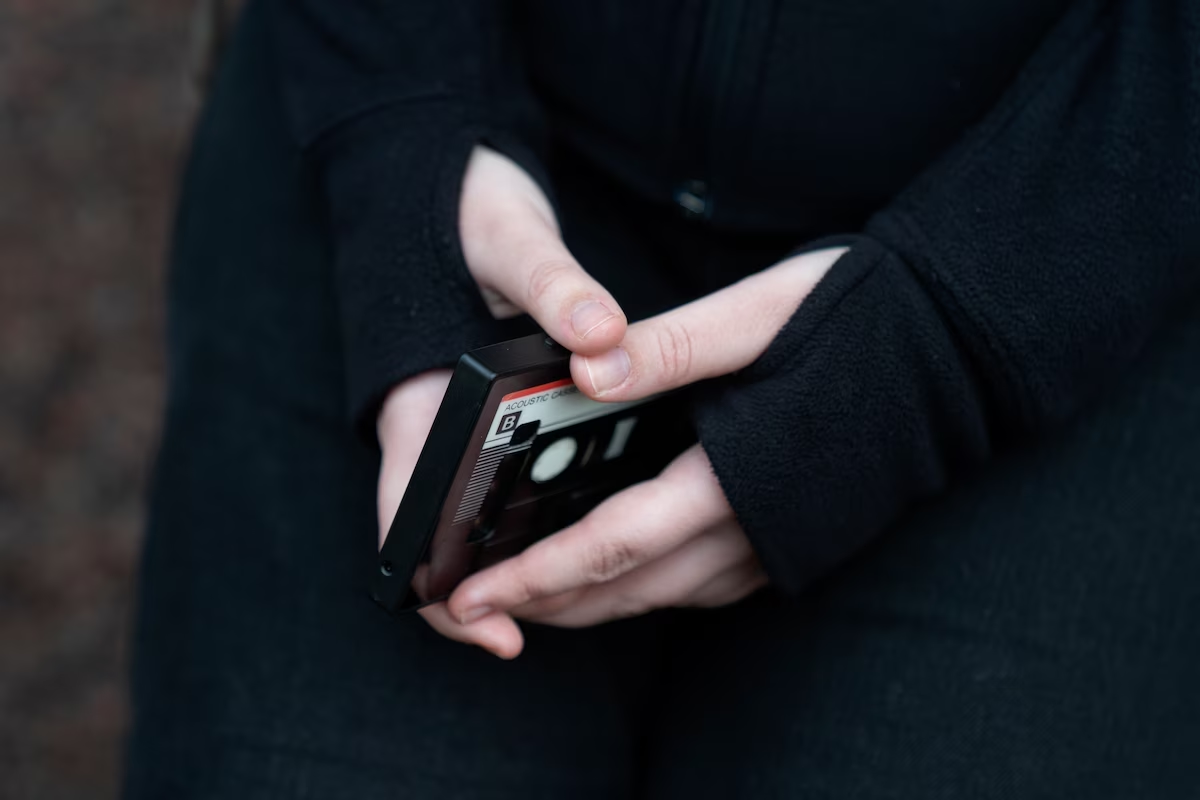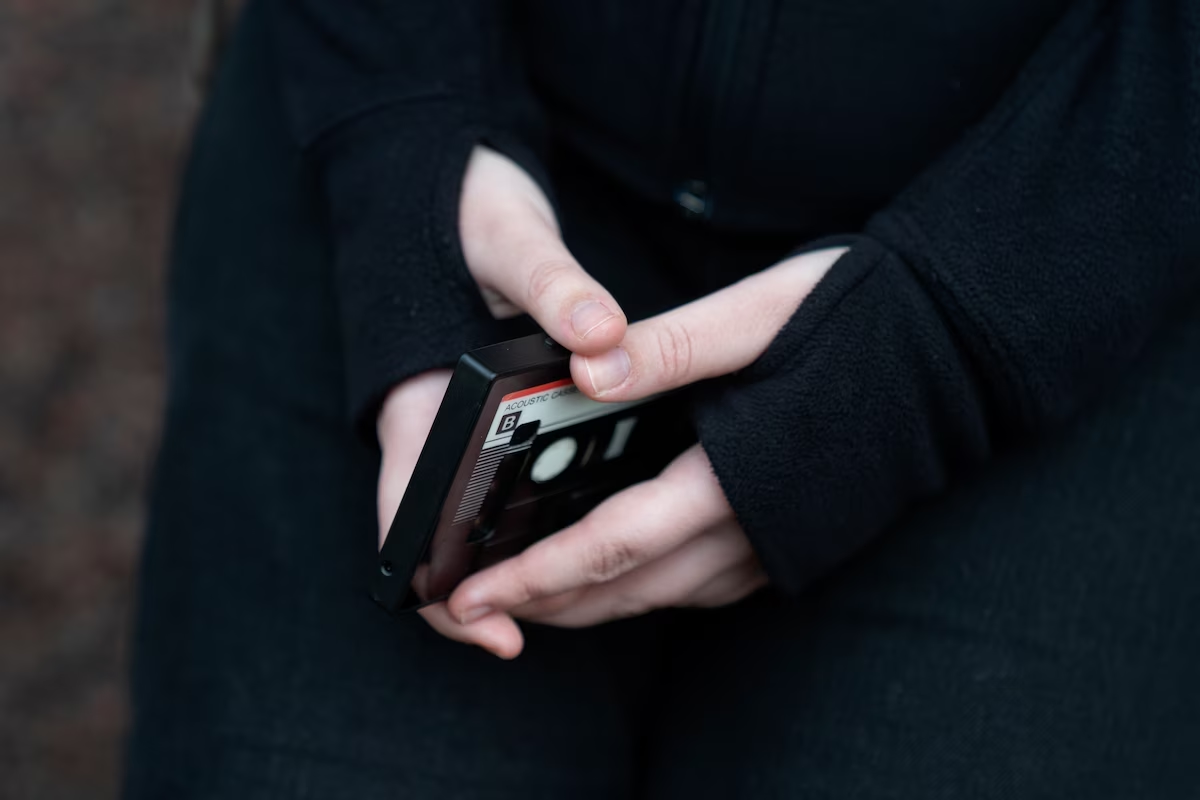Health Strategy Institute (HSI)
research and strategy institute for
in-person health strategy and
digital health strategy
Joaquim Cardoso MSc
Chief Researcher for The Health Institute — research unit
Chief Editor for The Health Institute — knowledge portal
Chief Strategy Officer (CSO) — for The Health Institute — strategy consulting
Senior Advisor — for The Health Institute — advisory consulting
July 8, 2023
Key Takeaways:
New Jersey Governor Phil Murphy has compiled a playbook with 35 nonpartisan policy recommendations to address the youth mental health crisis.
- Early screening and interventions are crucial as many mental health conditions begin before age 14. Screening for anxiety from age 8 and depressive disorders or suicide risk from age 12 is recommended.
- Medicaid is being used by 43 states to cover social-emotional screening, but only 27 states allow screenings in nonmedical settings.
Only one-third of schools offer mental health screenings for all students. Some states like Iowa, Utah, Colorado, and New Jersey have enacted laws allowing school screenings.
- Mobile response teams have proven successful in quickly reaching minors in crisis, leading to reduced emergency room stays and student arrests.
- Mental health education should be expanded in school curriculums to address persistently sad or hopeless feelings among students. Anti-stigma campaigns can also help reduce the shame associated with mental illness.
Teaching life skills that build resiliency is important for preparing youths to cope with setbacks and challenges.
There is a shortage of mental health professionals, especially in poor rural and urban areas. Loan repayment programs, apprenticeship programs, and reviewing licensing regulations can help incentivize and increase the mental health workforce.
- Telehealth and peer support programs can improve access to mental health services, particularly in areas lacking counselors.
Funding from legislatures and equal reimbursement rates for behavioral health by insurers are necessary to support these initiatives.
Originally published at https://www.washingtonpost.com
DEEP DIVE

A governor’s playbook for improving youth mental health should catch on
As we have noted here before, governors across the country are putting the youth mental health crisis at the top of their agendas. Now, one of them has pulled together ideas for what they can do about it. As chairman of the National Governors Association, New Jersey Gov. Phil Murphy (D) convened listening sessions in Salt Lake City, Detroit, Philadelphia and Los Angeles to hear from hundreds of experts and state officials about programs showing promise. His team, collaborating with the Boston Consulting Group, prepared a playbook with 35 nonpartisan policy recommendations, which he plans to share with fellow governors at their summer meeting next week in Atlantic City.
Mr. Murphy gave us a first look at the report. It contains good ideas that some states are trying and that we hope will catch on further:
Prioritize early screening and interventions
Many mental health challenges can be traced to a child’s formative years, from infancy to adolescence. The Centers for Disease Control and Prevention says 16 percent of children ages 2 through 8 have been diagnosed with a mental, behavioral or developmental disorder. About half of all mental health conditions begin before age 14, according to the Substance Abuse and Mental Health Services Administration.
Most of it goes untreated until adulthood. This is why the U.S. Preventive Services Task Force recommends screening for anxiety from age 8 and for depressive disorders or suicide risk from age 12.
For many children, this is part of standard wellness checkups. But poorer kids, who are more likely to suffer trauma, often don’t receive these services from medical providers. At least 43 states now use Medicaid to cover social-emotional screening of young children, but only 27 allow these to take place in a nonmedical setting, such as the home.
Only one-third of schools offer mental health screenings for all students, per Kaiser Family Foundation. Iowa, Utah, Colorado and New Jersey have enacted laws allowing schools to screen students. Illinois requires it. Montana provides grants for free, and optional, mental health and substance abuse screenings at all schools. Of students identified as being at high risk for future suicide, the state says 99.5 percent received same-day follow-up care by a licensed clinician.
By some estimates, meanwhile, up to 70 percent of youths in the juvenile justice system and 80 percent in foster care suffer from diagnosable mental health issues. To reach them, Minnesota funds mental health screenings for children ages 3 months to 17 years in the custody of Child Protective Services and ages 10 to 17 in the juvenile justice system.
Invest in mobile response teams
The governor’s report highlights four successful statewide efforts to quickly reach minors in crisis.
Oklahoma says its program has diverted 78 percent of youths from inpatient care, leading to fewer police calls and reduced Medicaid costs. Nevada claims 92 percent of those who engaged with its Youth Mobile Crisis Program had avoided emergency room stays. Connecticut contracts with clinics to provide no-cost statewide mobile response teams, whether at home or in school. It has seen a 22 percent reduction in emergency room visits and a 40 percent drop in student arrests. New Jersey’s Mobile Response and Stabilization Services effort, which provides 24/7 access to behavioral health workers, has kept 94 percent of children experiencing a crisis in their existing living situation, as opposed to hospitalization or institutionalization. These are all heartening numbers that underscore the importance of rapid response.
But it’s not enough to stabilize kids when they’re already in crisis. Rapid response will have the most success when combined with lasting individual, familial and community support.
Expand mental health education in school curriculums
More than 40 percent of students reported feeling persistently sad or hopeless in 2021, according to the CDC. The figure includes nearly 60 percent of teenage girls. One in 5 students and half of LGBTQ students said they’ve seriously considered attempting suicide. Dire numbers such as these pushed Virginia and New York to become the first two states, in 2018, to require mental health education in schools. Maine followed in 2019 with a law requiring instruction on the relationship between physical and mental health.
States are also investing in anti-stigma campaigns — messages aimed at showing kids that they’re not alone and that there is no shame in mental illness. Georgia encouraged youths to share their real feelings online in a 2022 campaign called #FreeYourFeels. Ohio has sought to reduce the high suicide rate among African American youths with a “Life Is Better With You Here” campaign, accompanied by events at colleges.
Teach children life skills that build resiliency
Learning how to cope with and bounce back from setbacks prepares youths to respond to the stressors and challenges that life throws at everyone. Just 15 states mandate life skills be taught, and education publisher McGraw-Hill found in a survey that only 22 percent of educators feel very prepared to teach them.
States are moving to fill what might be called a resiliency void: Educators in Arkansas developed a Guide for Life curriculum around the principles of growth, understanding, interactions, decisions and empathy. Florida this year adopted standards focused on building character. Michigan has a program called Trails, short for Transforming Research into Action to Improve the Lives of Students, that develops resilience-focused lesson plans. Oklahoma first lady Sarah Stitt launched a program called Hope Rising to offer coaching and training for community-based organizations. New Hampshire rolled out a Choose Love curriculum in 2020 that was designed by a nonprofit. California partnered with the Child Mind Institute to create a curriculum called Healthy Minds, Thriving Kids.
Expand the mental health workforce
It takes an average of 11 years from the onset of symptoms for individuals to receive treatment for mental illness, according to the National Alliance on Mental Illness. Part of the problem is a shortage of mental health professionals. The University of Michigan School of Public Health estimates that by 2030, America will need more than 28,000 additional child and adolescent psychologists — which means expanding today’s workforce by more than a quarter. The shortage is most acute in poor rural and urban areas.
New Jersey, Texas and North Dakota have used loan repayment to incentivize providers to practice in areas most in need. Michigan has a student mental health apprenticeship retention and training program that provides a $25 per hour stipend for psychologists-in-training who are doing field education in public schools. Georgia’s Transformative Experiential Training grant program sends specialists to high-need areas.
The report also urges states to review licensing regulations and requirements to make it easier for professionals to easily move where they’re most needed. Boosting telehealth is an obvious way to get kids access to help in rural areas that otherwise lack counselors. Twenty-five states have joined a counseling compact that lets professional counselors practice in other member states. The other 25 should follow.
Another idea to expand supply is peer support. More than 200 schools in Wisconsin have student-led wellness programs. California and New York allow certified youth peer-support services to be reimbursed through Medicaid. North Carolina has a program to provide training and technical assistance for them.
Given the workforce shortage, it’s worth training educators to recognize warning signs of mental health challenges in their classrooms. When teachers are expected to be on the lookout for kids in distress, they should also have access to care for their own mental health needs.
As pandemic relief funds dry up, Mr. Murphy expresses optimism that funding will materialize from legislatures because there’s widespread bipartisan recognition the next generation needs help. He says it’s also vital to push insurers to reimburse at the same rates for behavioral health as physical health. An estimated 1.2 million youths covered under private insurance do not have coverage for mental health care, according to Mental Health America.
“I don’t want to lie to you: Most of this stuff doesn’t come free or cheap,” he said in an interview. “But the solutions exist. They’re within our reach.”
Members of the Editorial Board and areas of focus: Opinion Editor David Shipley;Deputy Opinion Editor Karen Tumulty; Associate Opinion Editor Stephen Stromberg (national politics and policy); Lee Hockstader (European affairs, based in Paris); David E. Hoffman (global public health); James Hohmann (domestic policy and electoral politics, including the White House, Congress and governors); Charles Lane (foreign affairs, national security, international economics); Heather Long (economics); Associate Editor Ruth Marcus; Mili Mitra (public policy solutions and audience development); Keith B. Richburg (foreign affairs); and Molly Roberts (technology and society).
Originally published at https://www.washingtonpost.com on July 4, 2023.












